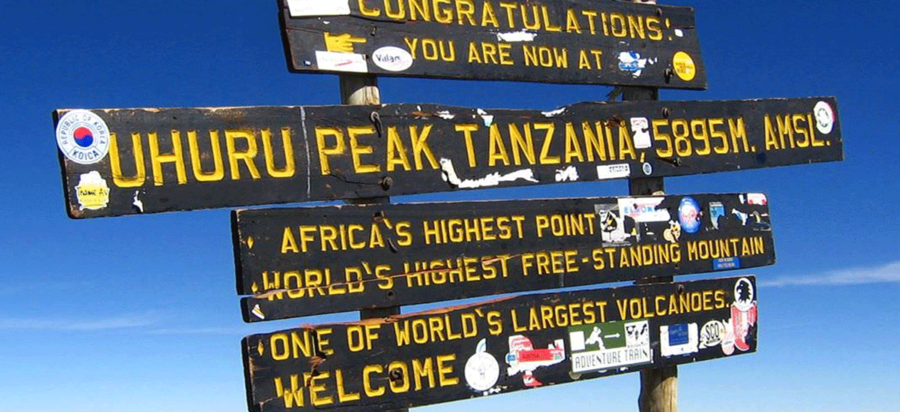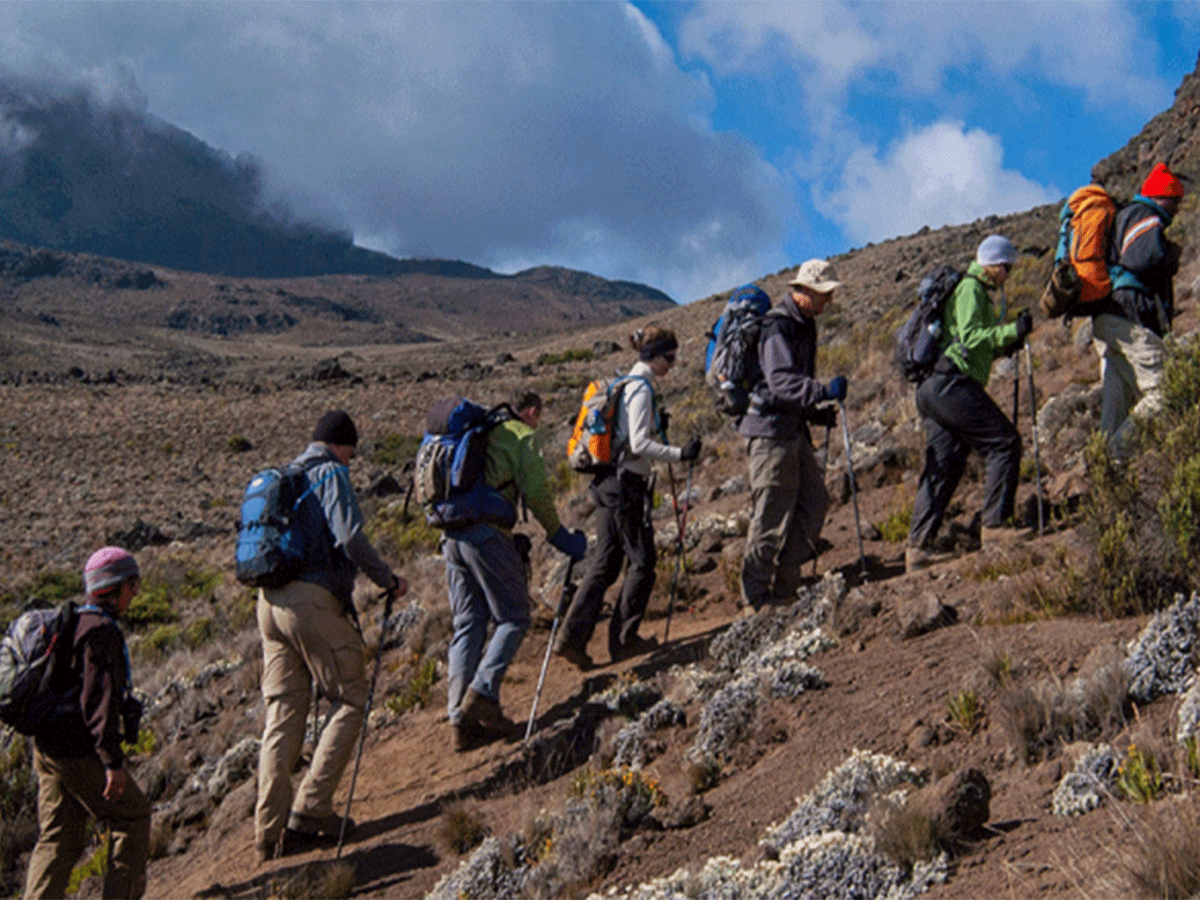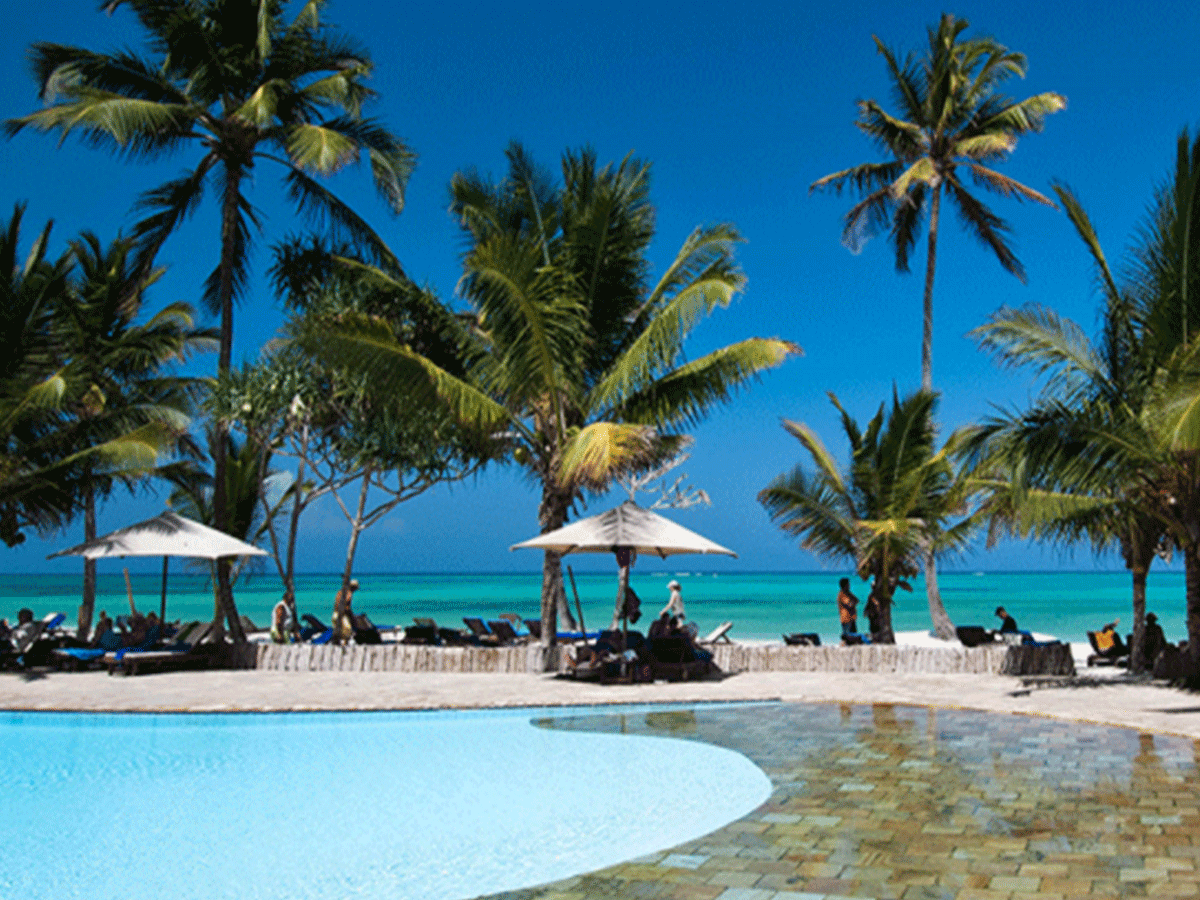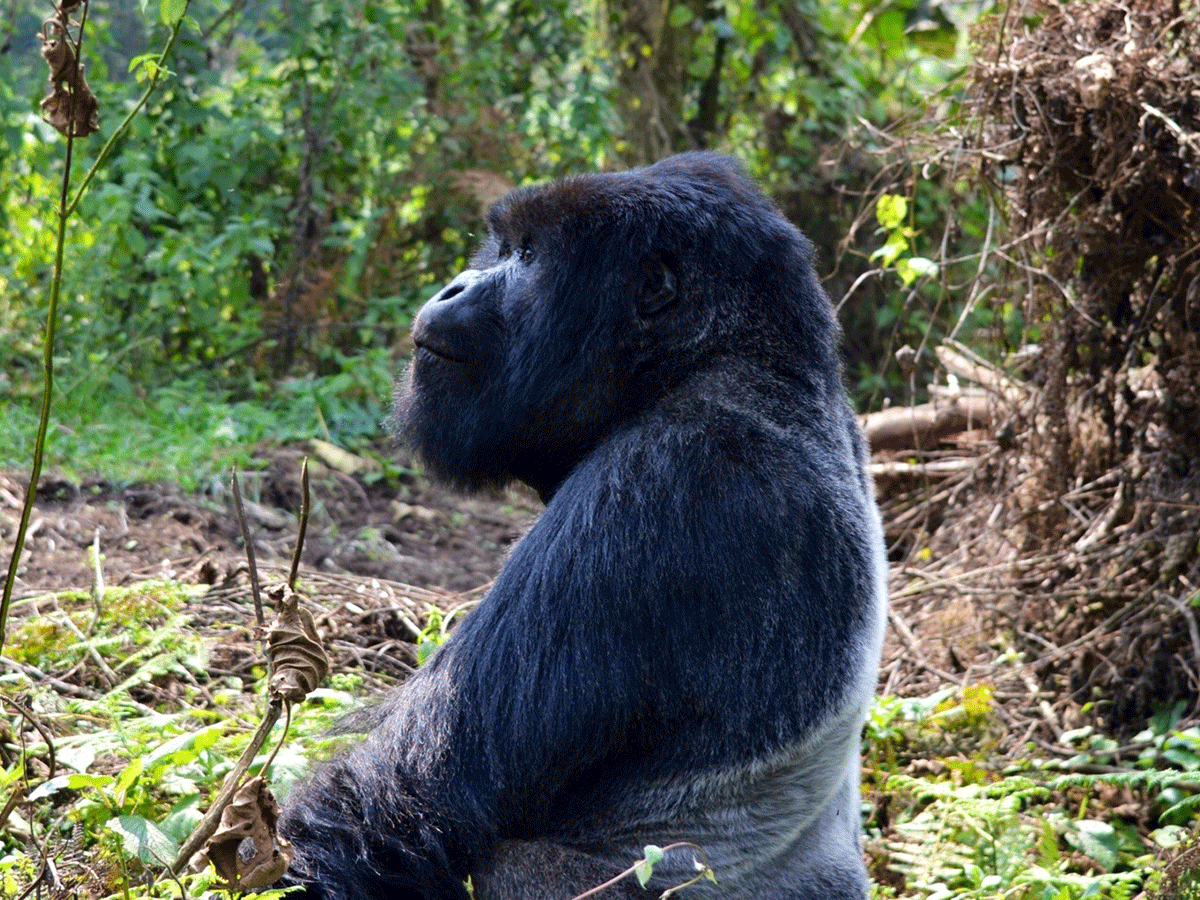Hiking Mount Kilimanjaro’s 5895 meters Uhuru peak

Hiking Mount Kilimanjaro’s 5895 meters Uhuru peak
Kilimanjaro National Park is home to the continent’s highest mountain, snow-capped Mt. Kilimanjaro. Around the base of its tallest peak, relatively accessible hiking trails wind through rainforest inhabited by colobus monkeys and past the volcanic caldera of Lake Chala. Approaching the summit of Uhuru Peak, the slopes steepen and are studded with glacial ice fields, though the park is only 1,688 sq. km (652 sq. mi) it encompasses one of the largest mountains in the world.
All you need to know about Mount Kilimanjaro Tanzania
- Where is Mount Kilimanjaro Located in Tanzania?
Mount Kilimanjaro is located Just 200 miles from the equator in northern Tanzania
- What is the Climate of Mount Kilimanjaro?
The rainforests at the base are usually quite humid and wet. Rising above the cloud line, the air is drier and clear but also much colder. The summit area averages a temperature of -7oC (19oF).
- What is the best time to visit Mount Kilimanjaro?
The best time for climbing is during the dry season from late June to October and from December to February.
- What to expect while Climbing Mt. Kilimanjaro
Climbing Mount Kilimanjaro requires one to be physically fit as only 70% of the hikers make it to the peak.
- Are there any safety concerns I should consider before hiking Mount Kilimanjaro?
Please check with your doctor to ensure you are fully aware of the dangers of higher altitude before travelling to Tanzania and we also strongly recommend our clients to purchase insurance for evacuation just in case.
- How long does it take to climb Kilimanjaro?
Kilimanjaro can be completed in as little as five days or as many as nine days depending on the selected route. There are six main routes for climbing Kilimanjaro which originate from several points around the mountain.
- How hard is it to climb Kilimanjaro?
Mostly it’s the elevation. At the peak, there is about half the oxygen in the air as that is at sea level. Operating in a low-oxygen environment stresses the body. The body needs to adapt to high altitudes to continue functioning or risk becoming sick. Gradual ascent is the key to decreasing the chances of altitude sickness choosing longer routes will increase your success rate dramatically. The best routes take 8 or 9 days and have 85% to 95% success rates.
- Does Kilimanjaro require technical climbing, such as rock climbing or ice climbing?
There is no technical climbing and very little exposure (risk of injury due to a fall) or steep drop-offs on the trails. There are some short sections where some scrambling is required (use of hands and feet), but the vast majority of the climb only involves trekking.
- Do you need a guide to climb Kilimanjaro?
Yes. It is a requirement for anyone climbing Kilimanjaro to be accompanied by a specialist mountaineering guide who is licensed by Kilimanjaro National Park. Most people who climb have a team of crew members consisting of a lead guide, assistant guide, cook, and porters.
- How fit do you need to be to climb Kilimanjaro?
The best advice is for everyone to arrive in great shape. Don’t underestimate the climb because you know someone who did it and was not fit. Train for the adventure.
- Where do clients sleep while on the hike?
Accommodation during your climb is by camping your tour package will come along with foam sleeping pads and sleeping bags.
- How cold does it get during the hike?
The coldest temperatures one would expect here is usually ranging between 20F and -20F (-7C to -29C).
- Are there campfires during the hike?
Campfires are not allowed on the mountain. There is simply not enough wood to support open fires. Cooks use propane stoves to prepare meals.
- What do you eat when climbing Kilimanjaro?
Meals on the hike are prepared by a mountain chef and his team. meals are typically western-style dishes that a visitor would find familiar and delicious, such as spaghetti with meat sauce, fried chicken with fries and chicken curry with rice, beef stew with potatoes we also arrange local foods such as ugali and cabbage, and sweet desserts.
- Are there toilets during the hike?
There are public toilets at each campsite, however, they are pretty basic, if you might need to use the toilets during the hike from one campsite to the other then you will have to use an African bush toilet.
- Are there showers during the hike?
There are no showers on the Kilimanjaro hike. If you want, bring wet wipes and a towel off when you feel funky. Or you can use the water we supply to rinse off here and there.
- How much does it cost to climb Kilimanjaro?
In an honest opinion, the best Kilimanjaro hikes range from 4000$ to 7000$ For this fee you will be assured of quality service, safety, and expert guides
- Do I need a lot of gear to climb Kilimanjaro?
You will need some technical clothing (waterproof, insulated, breathable fabrics), good footwear, and equipment (sleeping bag, day pack, duffel bag). Tents are provided.
CALL OR EMAIL
ENDLESS PLAINS AFRICA LIMITED
Africa: +256706522669
Overseas: +61427412130
safaris@endlessplainsafrica.com
a travel agent is available 24hrs
What our guests say about us…
START PLANNING YOUR SAFARI NOW!
Talk to one of our African adventure experts and let them tailor-make your safari







